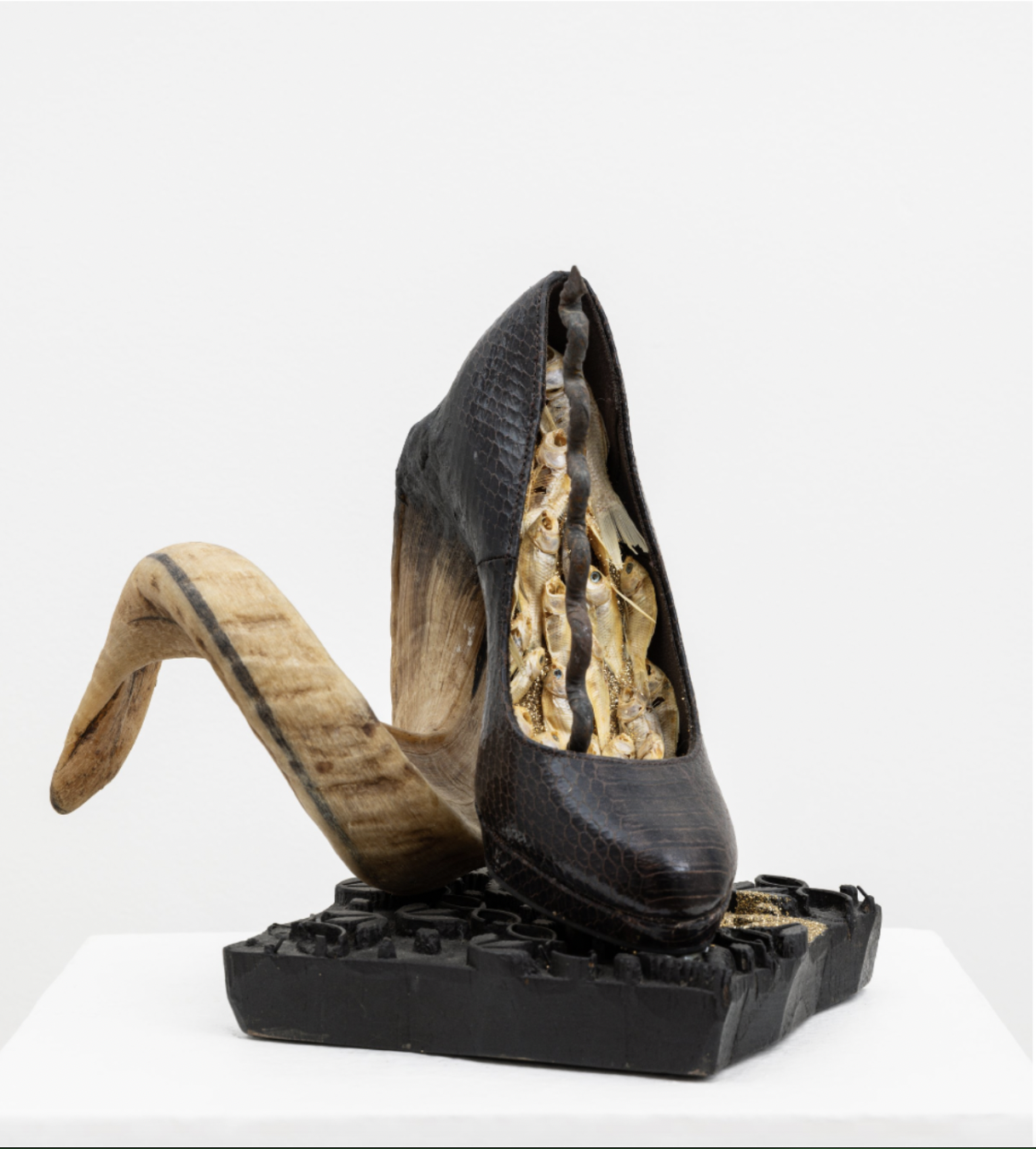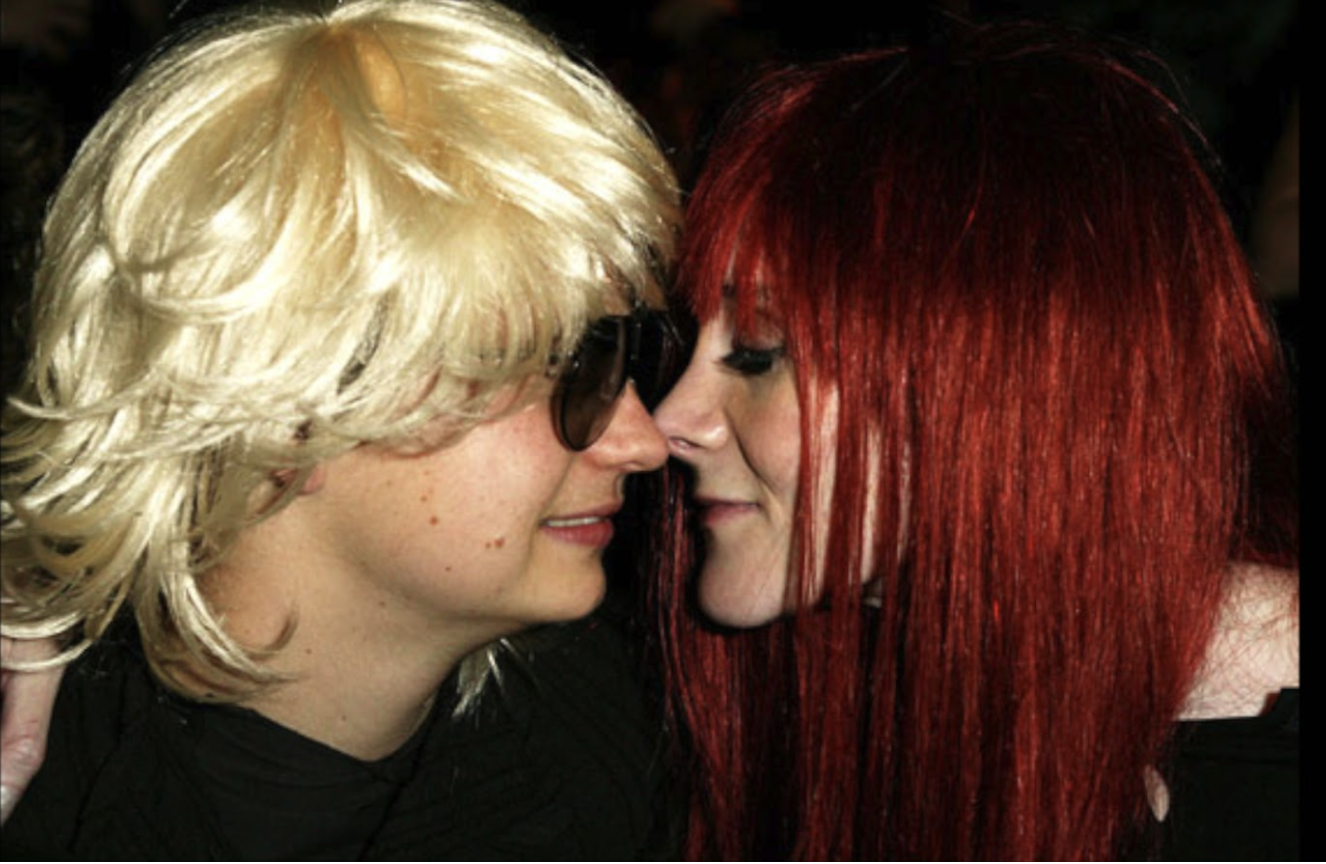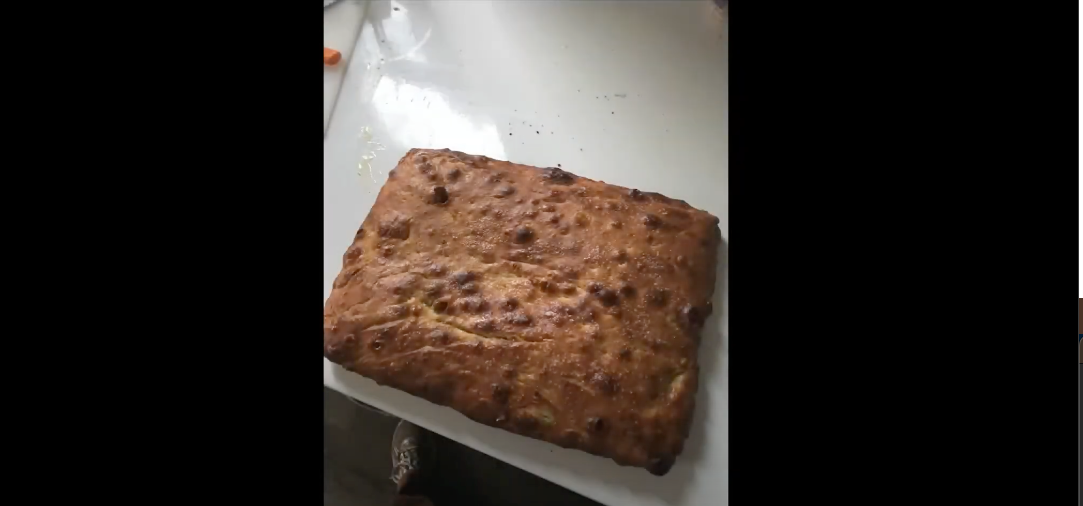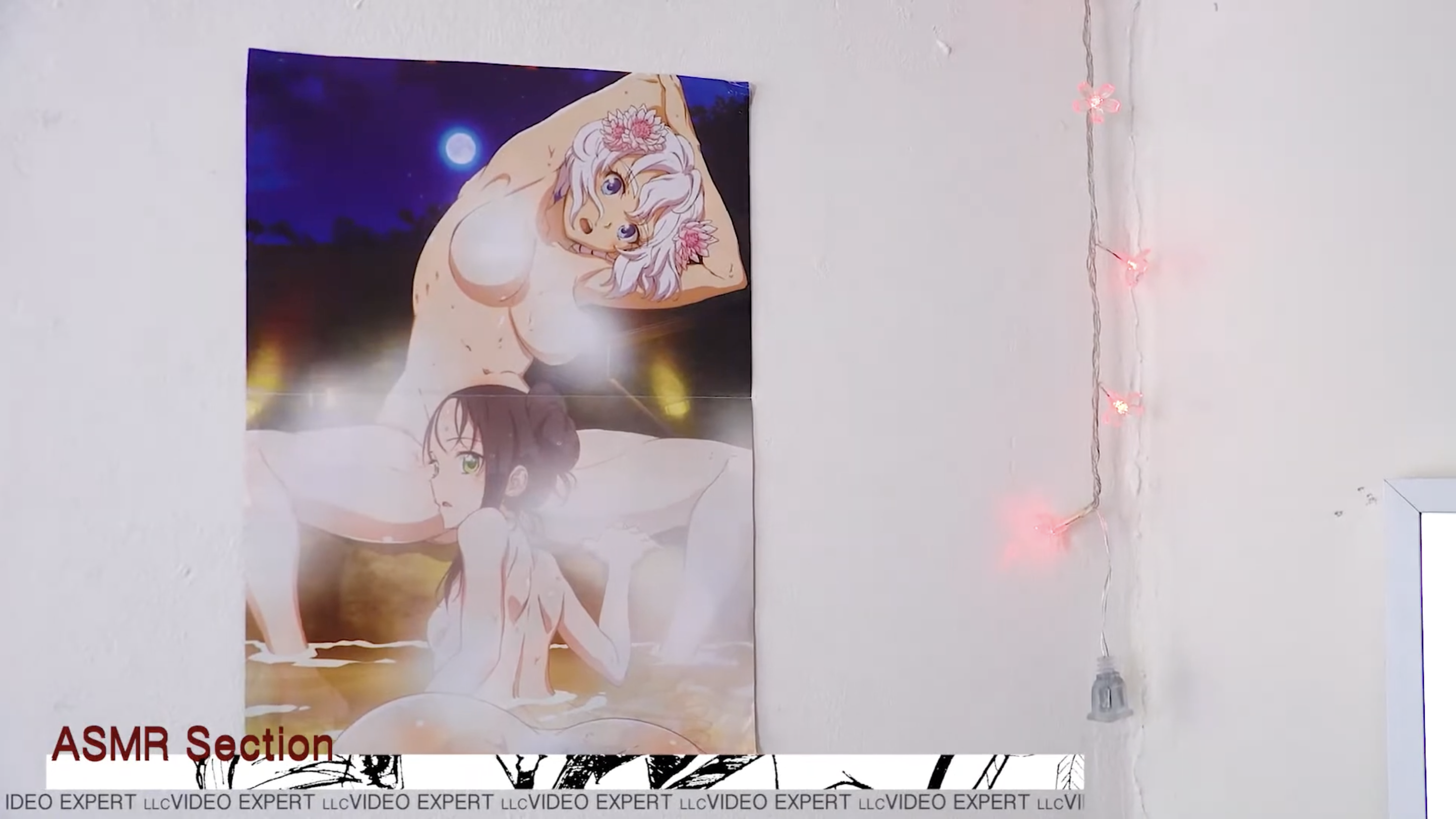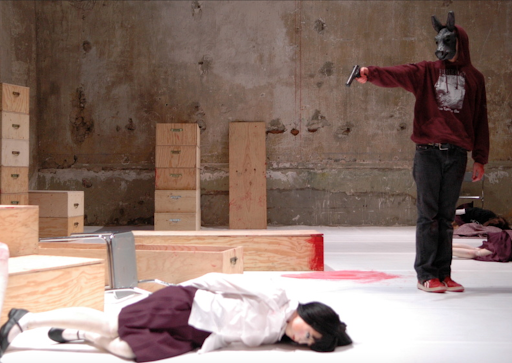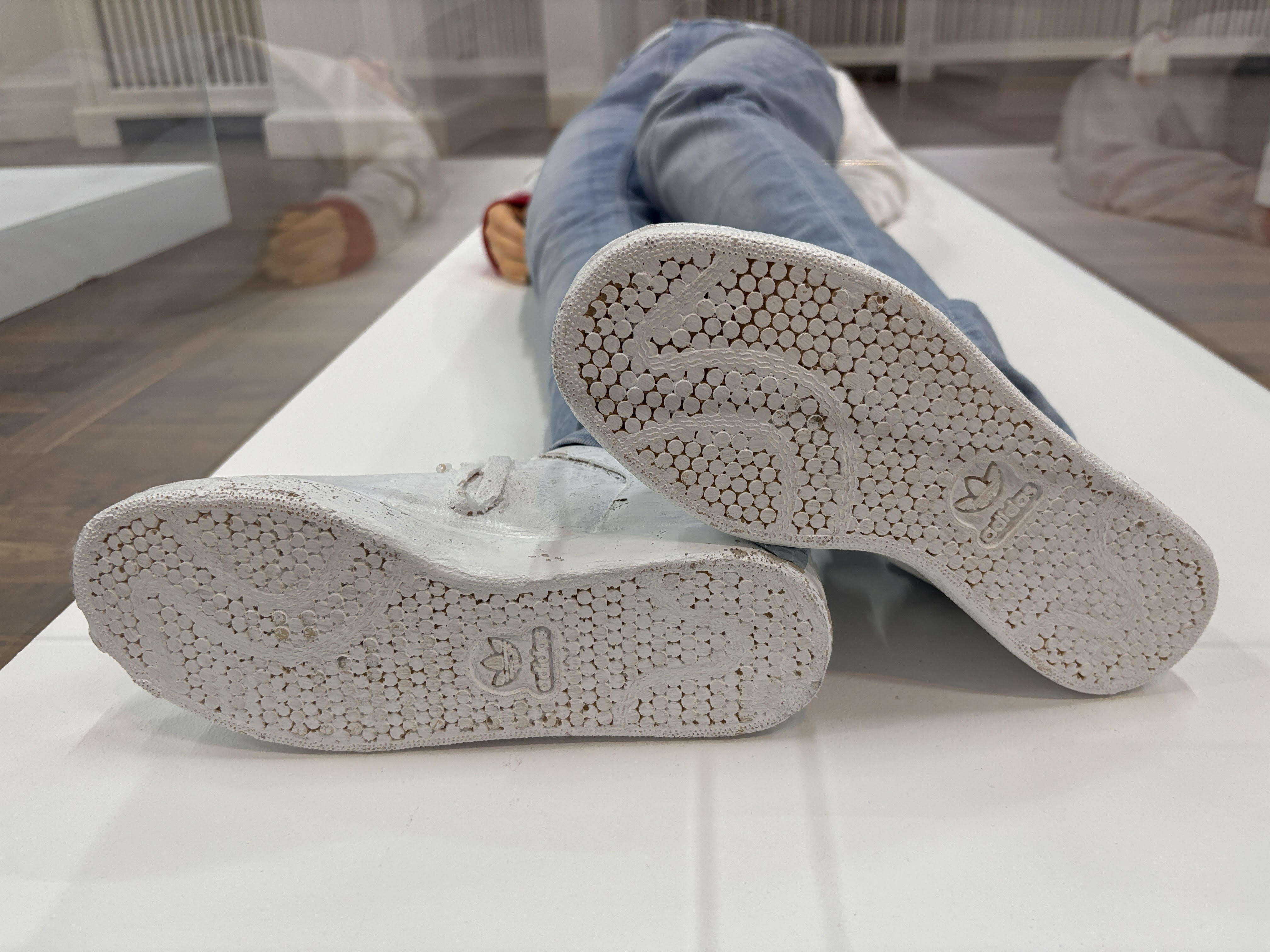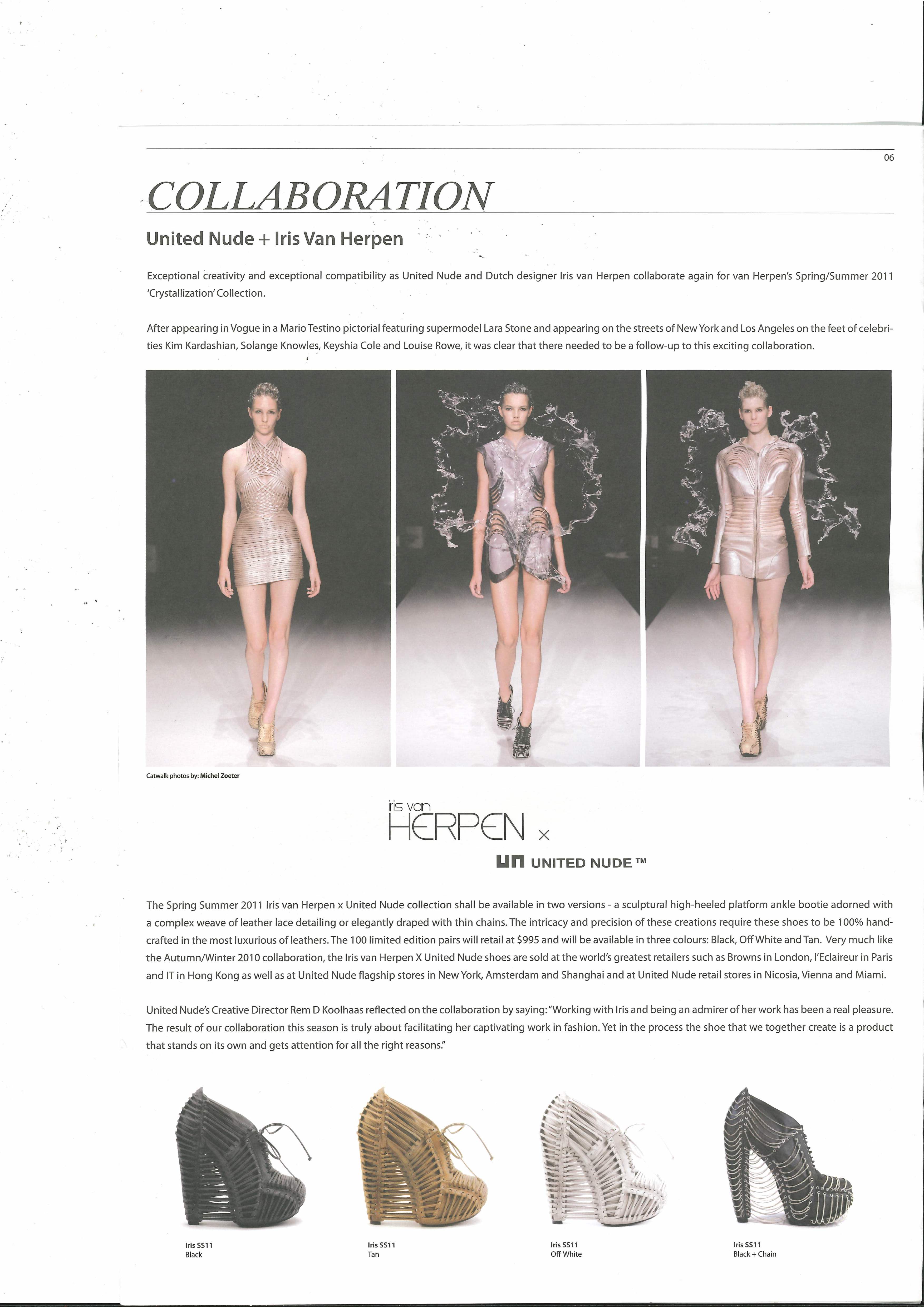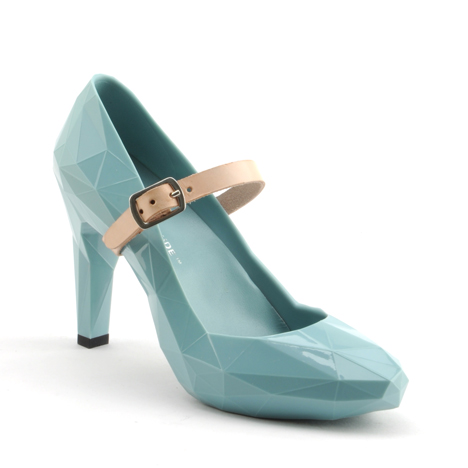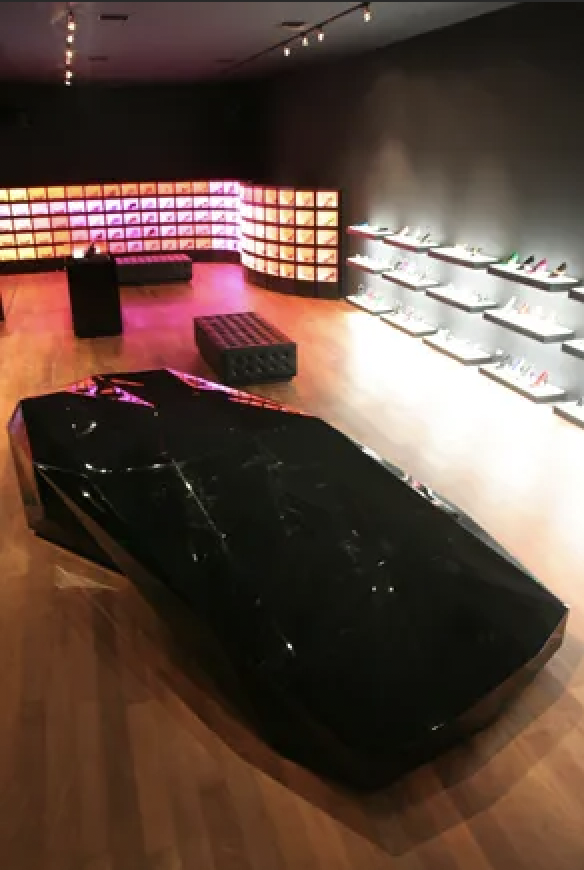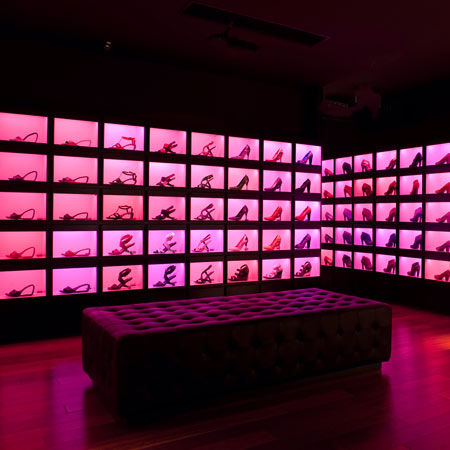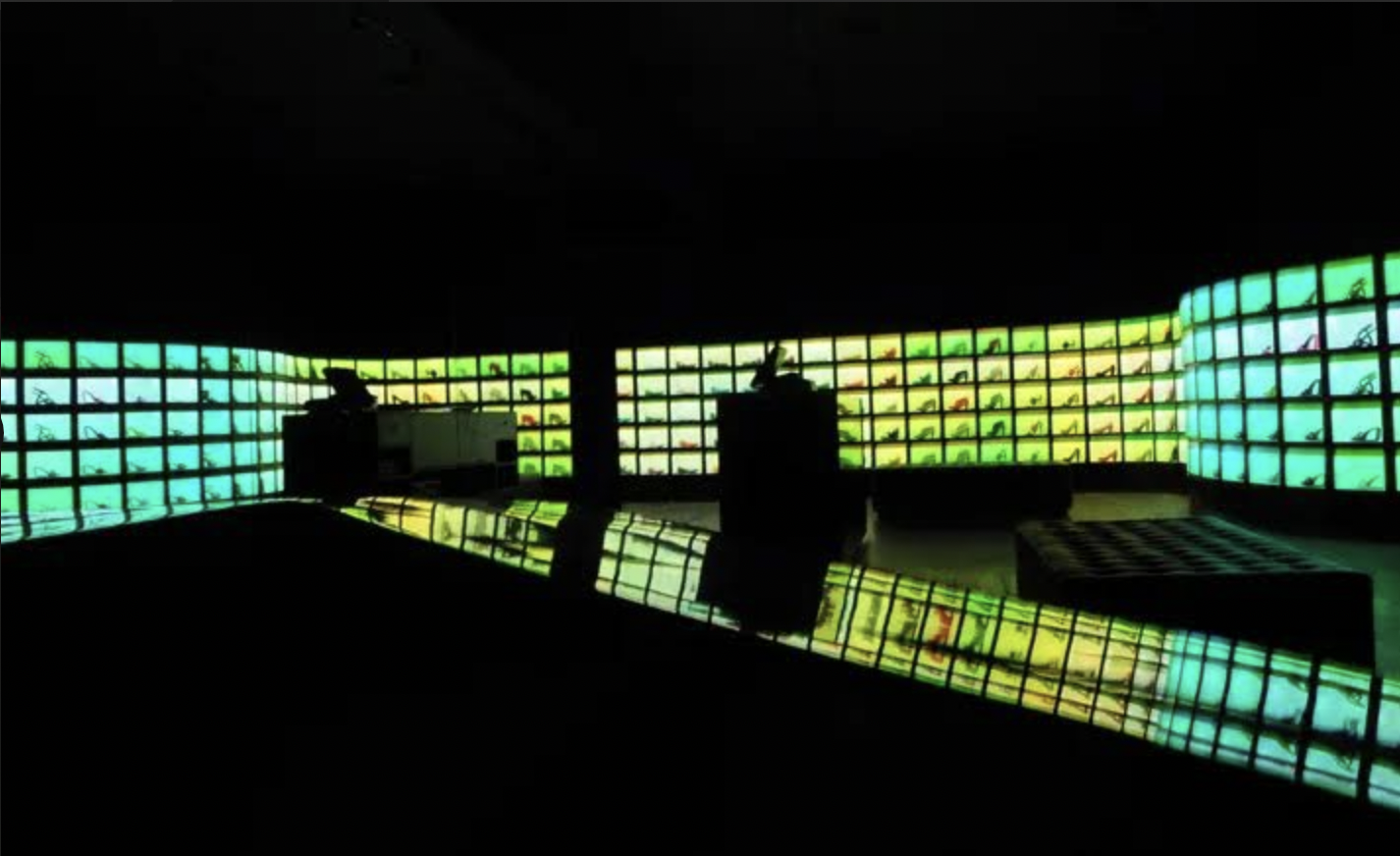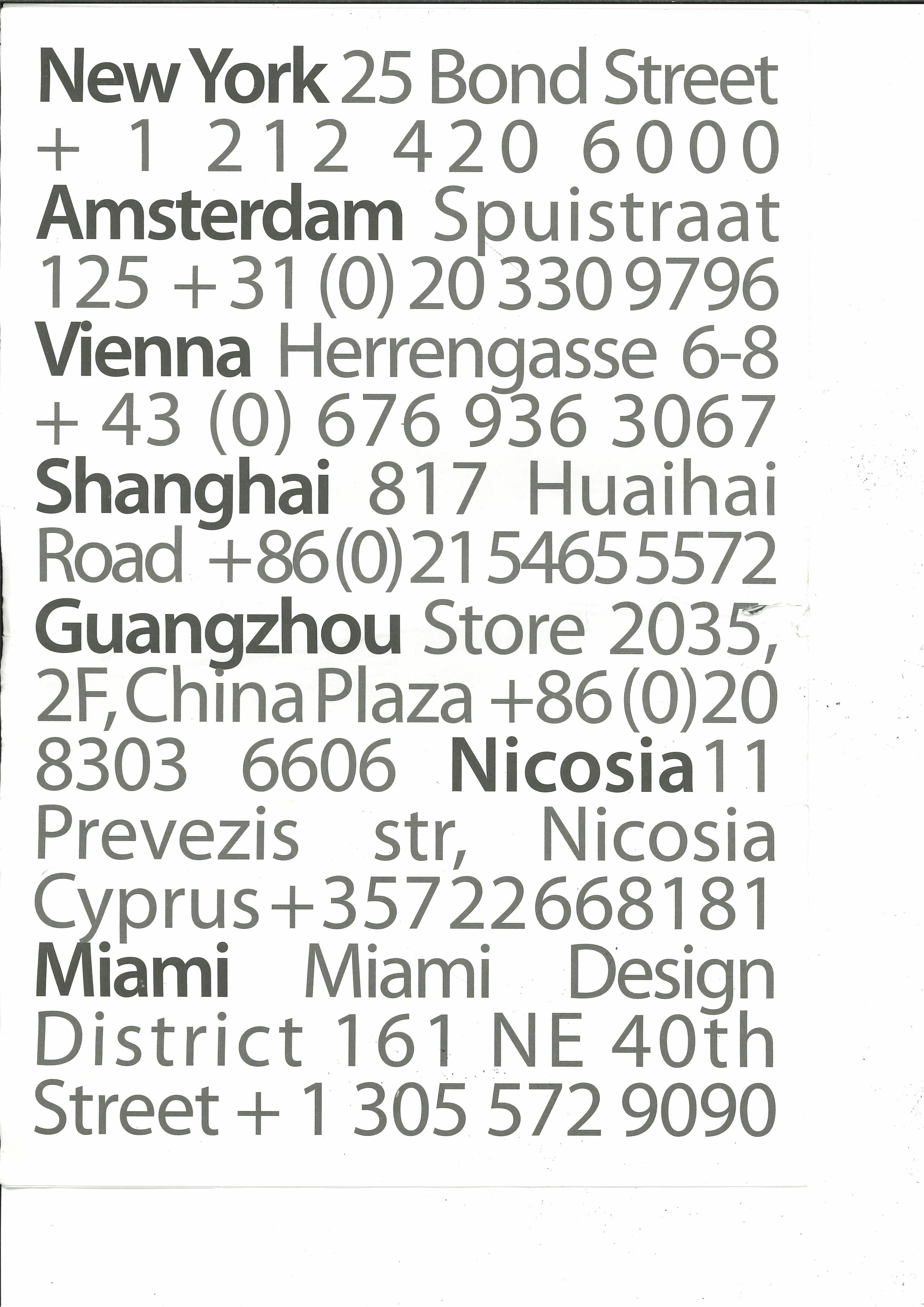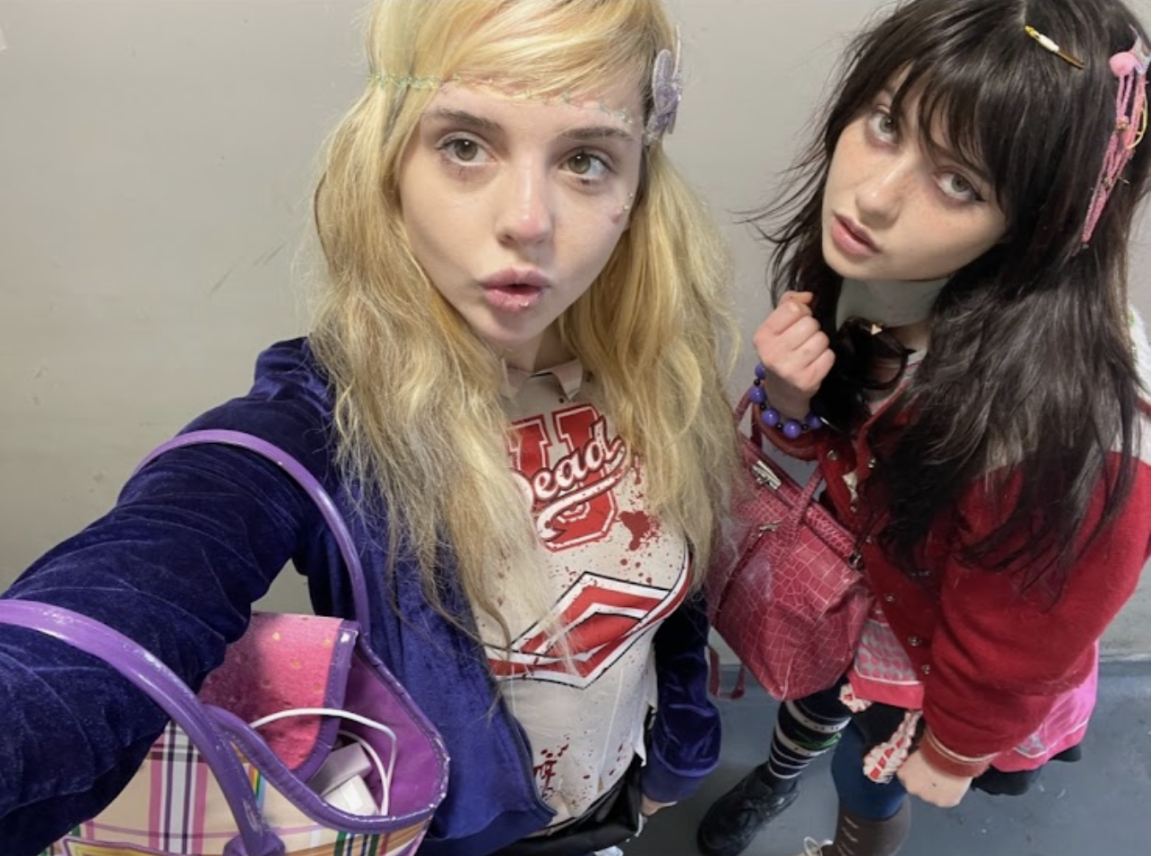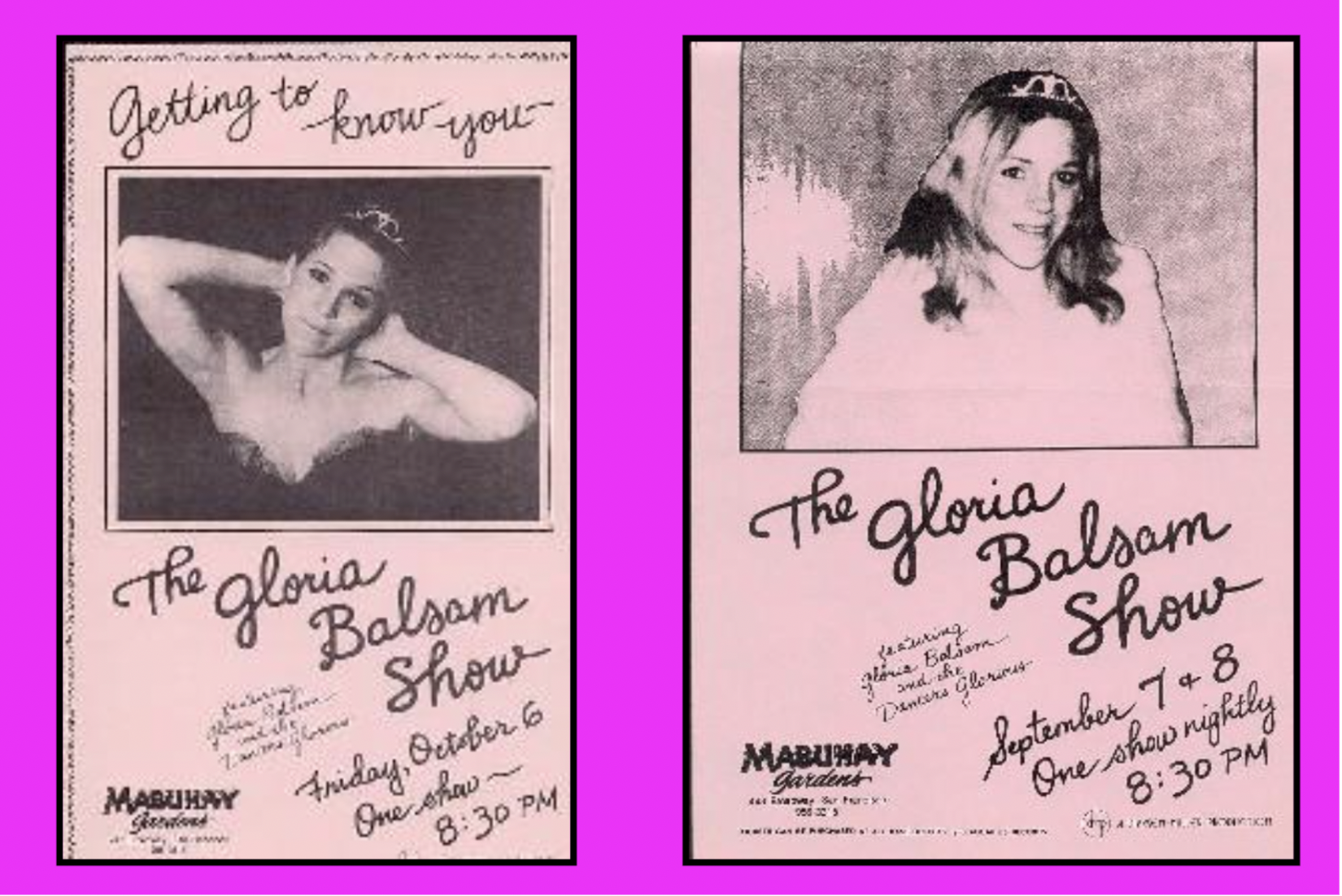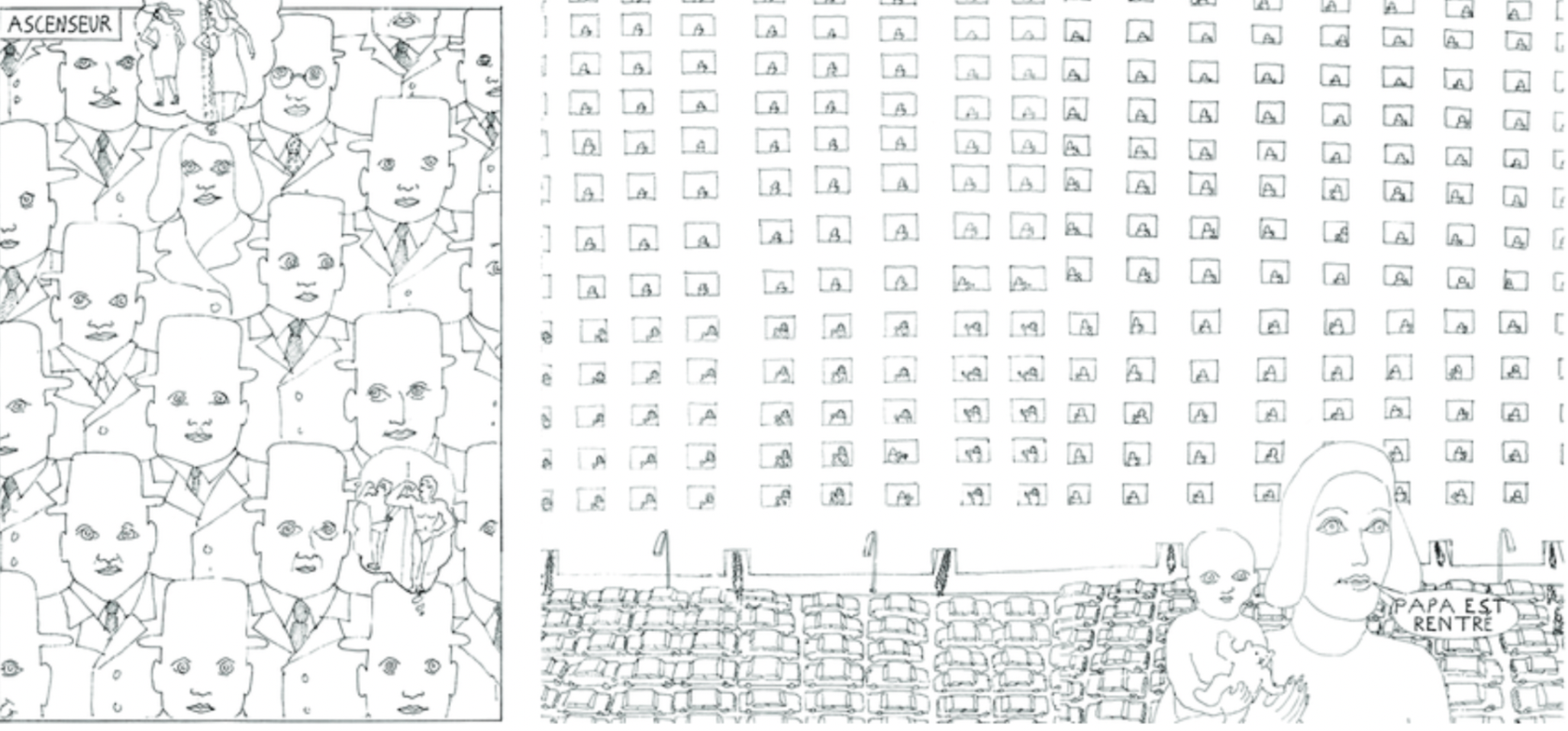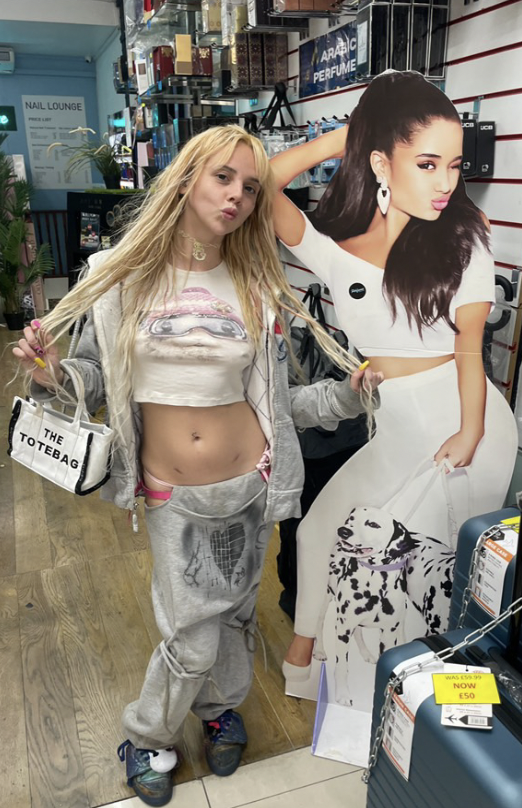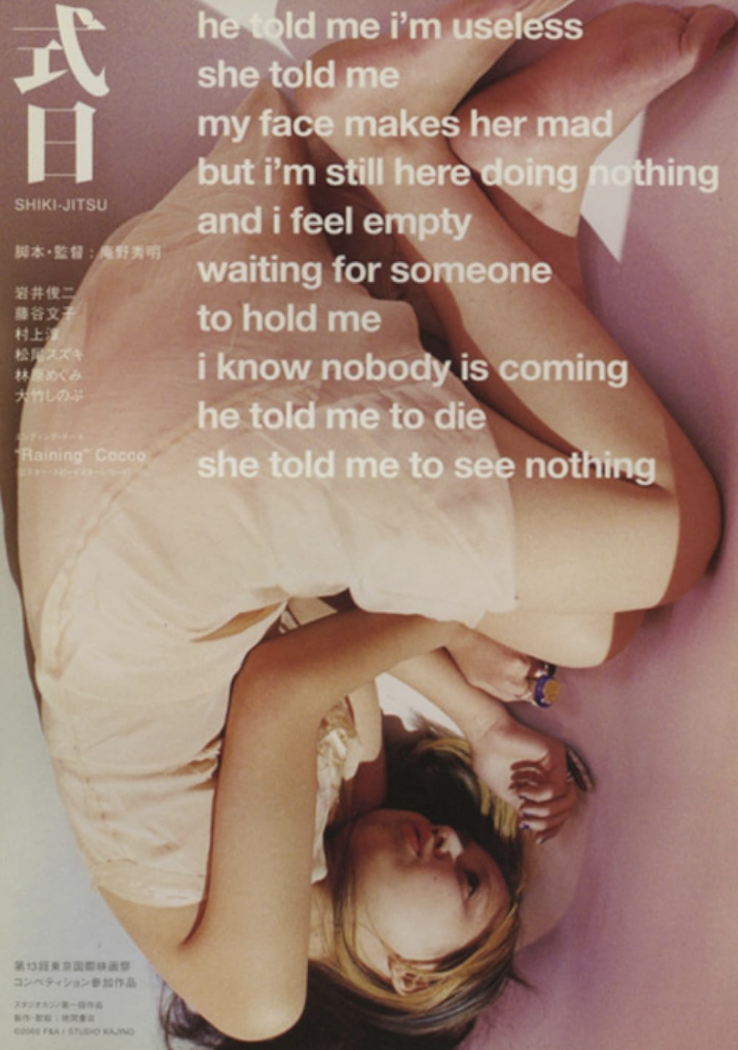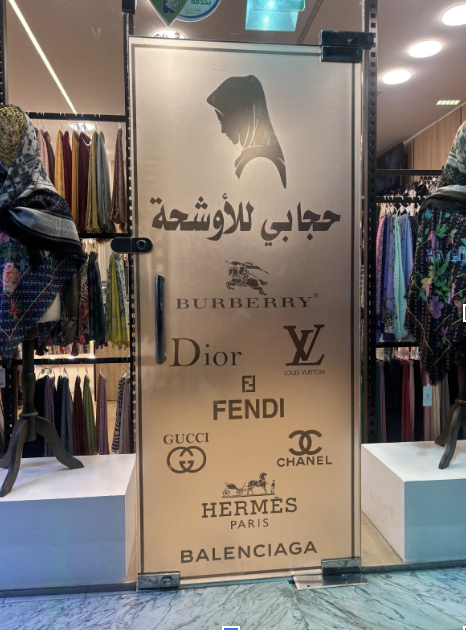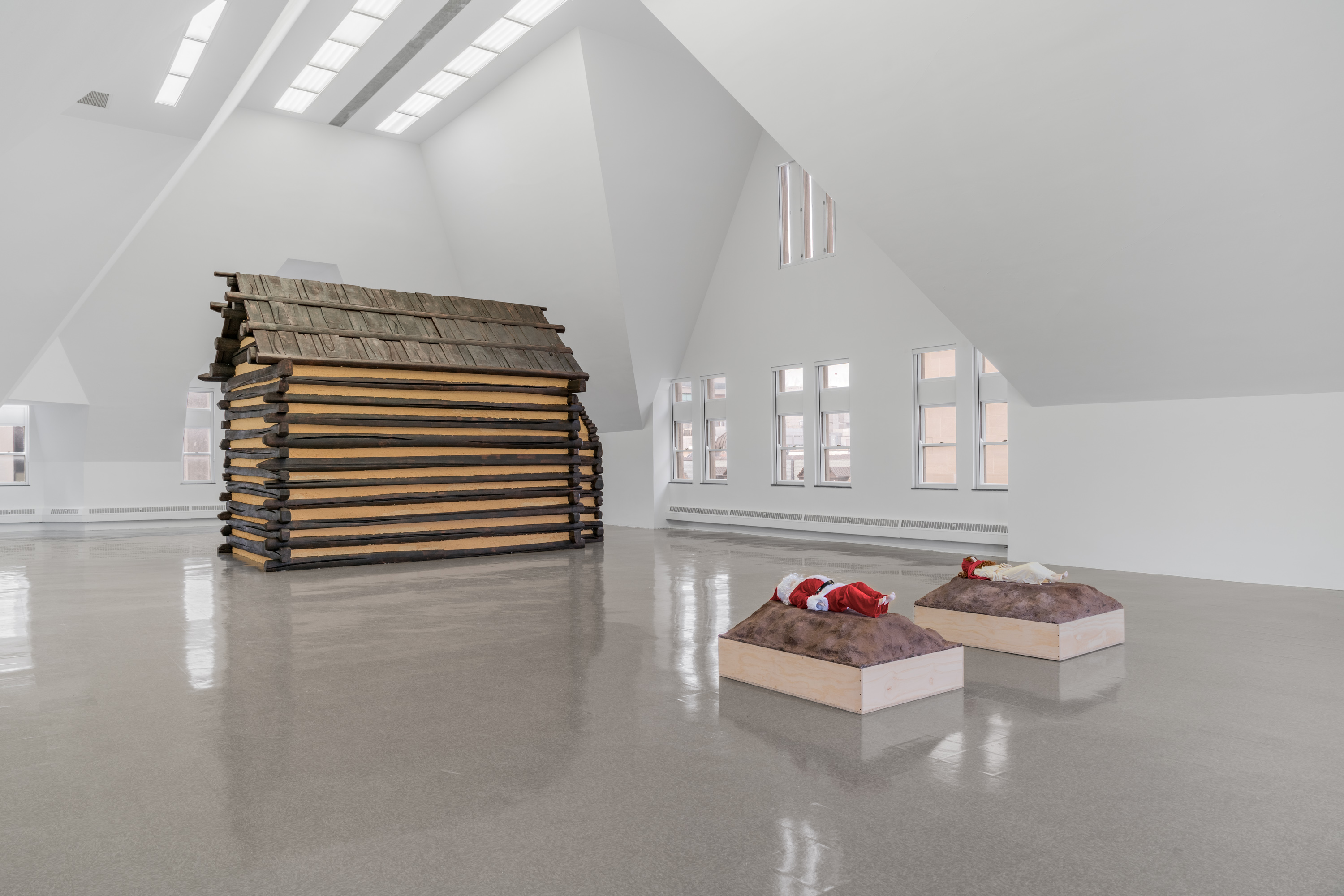Artist Take / 14 April 2025 / By: Superstar No.8
"Internet Cinema is waiting for something to happen altogether" Dana Dawud
Dana Dawud’s Open Secret is a psychological operation with Buddhism in its heart. The primary body of the O.S orbital system is Monad (2024-), recut for every screening- so far it has evolved across 20 countries, conjuring the angelic aliens of the New New international style in film. Dana’s ambient theory podcast Pleasurehelmet and her writing series Interview with an Artist are on Soundcloud and Substack. Here is her "Artist Take" with Hollywood Superstar.

Open Secret x Hollywood Superstar at Sands Cinema on 14/4/25, 6pm.
"Internet cinema is waiting for something to happen altogether".

Liza Tegel, choreographer, poet, dancer, internet poet, internet dancer.
Exceptional presence and so important to the movement of my thought is Liza Tegel, I just revisited the pleasurehelmet episode she did and she says that her work is defined by the phrase “I live to get away from which I lived”. I have always been really into Swedish art/poetry and when I found Liza Tegel https://on.soundcloud.com/eNZYwRSyLxCjjLxs9 Elis Burrau, Jonathan Brott of L’Amour La Mort, Albin Duvkar and others, I was in a way reunited with a scene that somehow I always ready knew and didn’t know and what connects us is understanding that internet poetry is real. She says “Posting is a platform which directs me where I don’t have to be physically present”. In a way posting becomes this movement that carries into these different lines of thought and intersections of subcultures, and Liza’s posting/writing and her dance practice embodies that and more. She is the contemporary to me. The Swedish internet is 10000 years ahead of the west.

Helen Cioux’s on Rembrant’s Slaughtered Ox, from her essay ‘Bathsheba or the Interior Bible’ (1993)
Bataille argued that the slaughterhouse and the museum share a strange intimacy; this closeness is often expressed in the historical development of both spaces and how the objects in the museum function as the skeletal remains of death and violence, or event the fruits of it. However, Helene Cixous’ reading of the Slaughtered Ox turns the slaughterhouse/the painting into a church, the Ox is crucified and the space of the painting creates the space of that possibility.
Helene Cixous has been very important to me as a writer/painter; her essays, specifically in that book where Rembrandt’s painting is featured, attend to writing/drawing/painting and how the possibility/impossibility of their convergence create new meanings and textures. Typing this on my phone right now makes my thought run differently than typing it on my computer; the screen's smoothness and the touchscreen's intimacy make me feel stronger about every word. I actually started answering these questions on my computer, but I would write only the first sentence. The rest flows better from my fingers into my phone.

Monadology, Deleuze’s take on the Monad, as inspired by these two pictures.
What interests me the most in Deleuze’s take on Leibniz is the POV of the subject/object and the idea of Baroque perspective. And that is what I’ve been exploring in my film, a baroque perspective in cinema, with folds and unfolds of memetic references, digital imagery and multitudes of iterations from cinematographies from all corners of the planet. The seriality and the iterative with each cut function as an unfolding/folding that takes us closer to the Baroque.

Driving your car in Dubai
Those who know me (specifically my online friends) know that I’m always sending voicenotes while driving my car. Driving, walking or being in any other vehicle while moving through a city is such an immersive experience, there’s always something to look at that passes you by faster than your ability to capture it. The temporality of how things pass you by is always faster than the duration you need to take a photo on your phone; the car is anti-photography. I find that poetic. In Dubai, you have to drive faster than in other places, and the highways are vast and open. My favorite moments are when light refracts off glass skyscrapers.

The Cross Versus The Circle
Spinning the cross quickly creates a circle, and parts of the longer line of the cross can make a tangent while the small one can create a chord. If the cross had equal sides, then it could be a diameter. The cross and the circle are too intimate, like the museum and the slaughterhouse.

Alien subjectivity in internet Cinema
Going back to perspectivism and thinking about the alien as subject, the alien as the main subject or feminine hero, following Chris Kraus's Alien’s and Anorexia. The image dictates the cut and acts as the alien subjectivity. Internet cinema acts as a space or an environment where alien encounters are expected to happen. It’s like in Chris Kraus’ Gravity and Grace where the group waited for the mystical experience to occur and realised it had already happened because now they are all together waiting for something. Internet cinema is waiting for something to happen together.
